
Granite Photos: Bedrock of the Earth
Sierra Nevadas
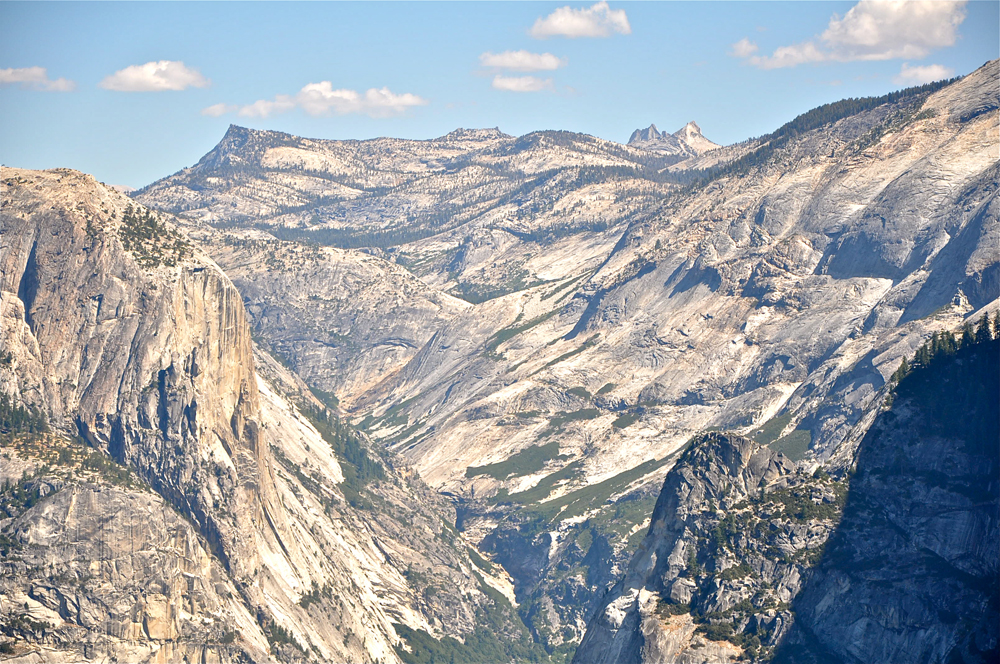
John Muir once described the Sierra Nevada Mountain Range of Central California as the "Range of Light" because of the reflected sunlight that always seems to glisten from the many majestic peaks. He said that these majestic granite peaks were "so luminous, that it seems to be not clothed with light, but wholly composed of it, like the wall of some celestial city."
The Stone Heart of Sierra
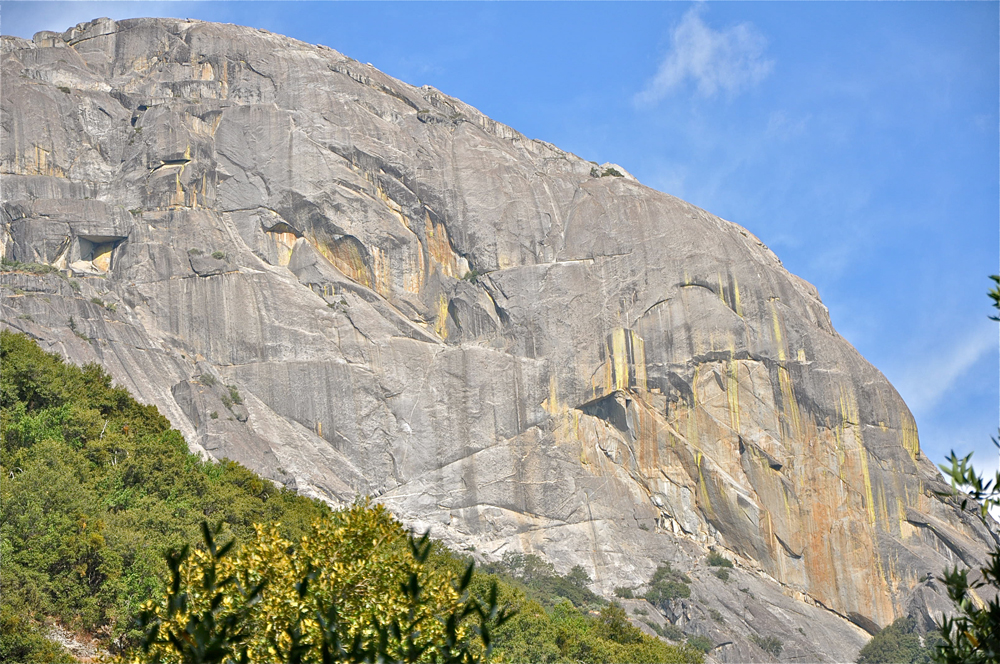
Granite is so common here that it is called the "stone heart of the Sierra." Geologists believe that these exposed mountain-top granite peaks extend downward into the Earth's crust for over 20 miles (32 kilometers). In fact, granite is a prime product of tectonic plate collisions, forming the major part of the North American continent's foundation, called bedrock. Massive outcroppings of granite can be found in over 30 U.S. states.
Granite Created
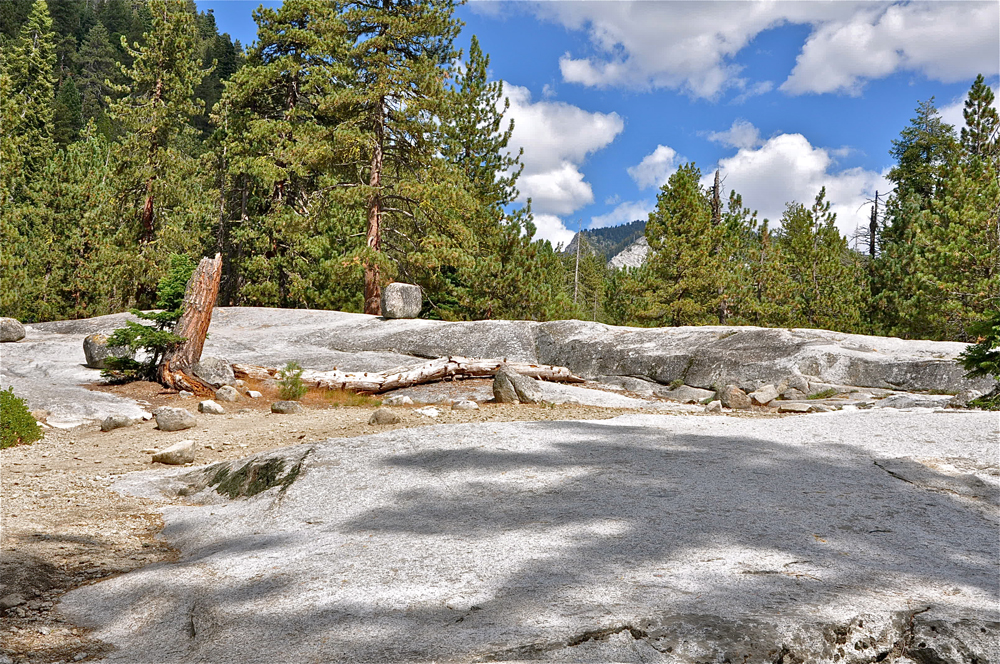
Granite is an igneous rock, formed by the solidification and cooling of magma some 20 to 140 miles (32 to 225 km) below the Earth's crust. In this underground region, temperatures reach up to 2,732 degrees Fahrenheit (1,500 degrees Celsius) resulting in the formation of vast pockets of magma. Three factors come into play: (1) the underground lithostatic pressure, some 35,000 times greater than atmospheric pressure, pushing the magma upward; (2) the magma being less dense than the surrounding solid rock, resulting in the magma "floating" upward; and (3) the melting of adjacent rock during its upward journey creating spaces into which the magma flows.
Glitter and Sparkle
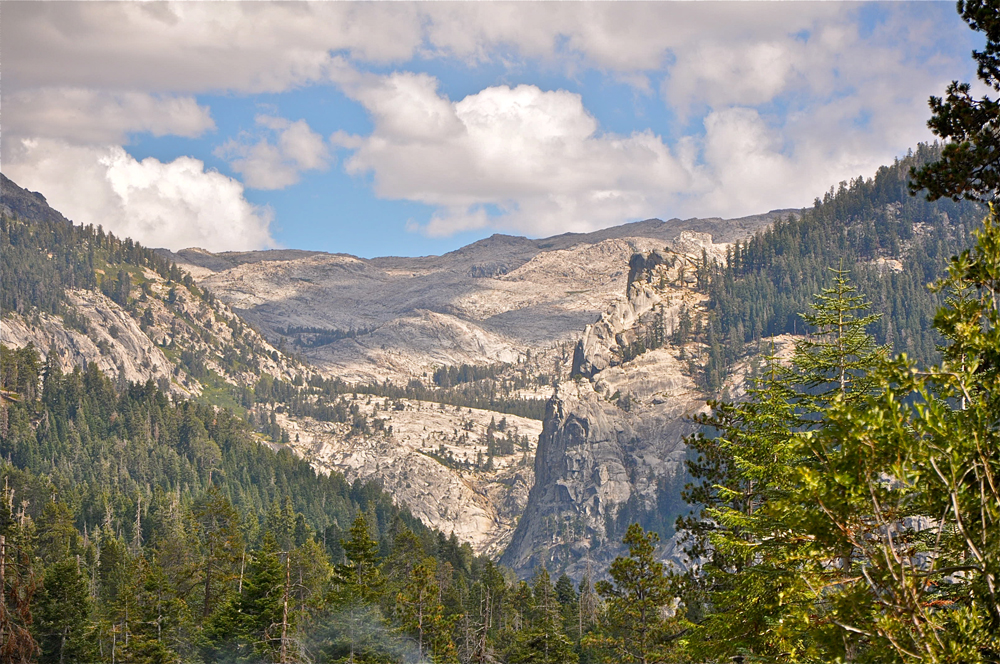
As the magma cools to about 1832 F (1000 C), small crystals of minerals such as feldspar, quartz and mica begin to form. The process is very slow and as the different mineral crystals begin to grow together, they begin to create an interlocking atomic framework. After a long cooling period, the molten magma solidifies, creating a hard stone made totally of inter-grown crystals. It is these interlocking crystals that give granite its unique glitter and sparkle.
Plutons and Batholith
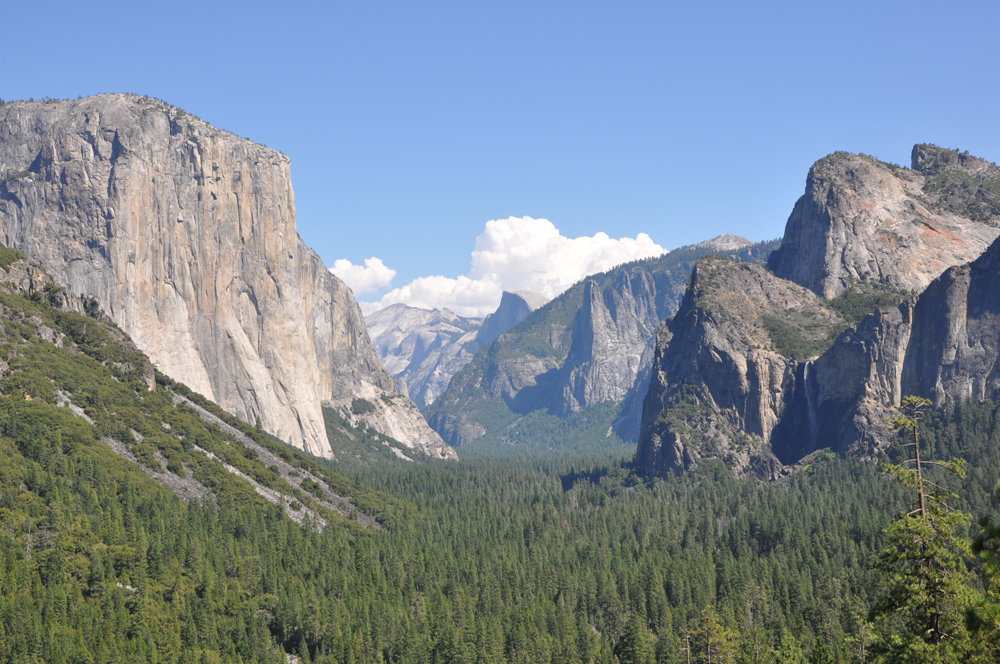
Some of the highest mountain ranges in the world (the Andes, the Himalayas, the Rockies) are composed of massive granite mountains. In the United States, both Mt. Whitney (14,505 feet; 4,421 meters) and Mt. McKinley (20,320 feet; 6,194 m) are both granite plutons, part of an even more massive granite batholith, a large emplacement of rock that forms from cooled magma deep in the Earth's crust. And when the forces of erosion begin to remove softer rock layers interspersed with the hard granite, magnificent valleys are formed, such as the Yosemite Valley, shown here.
Yosemite Valley
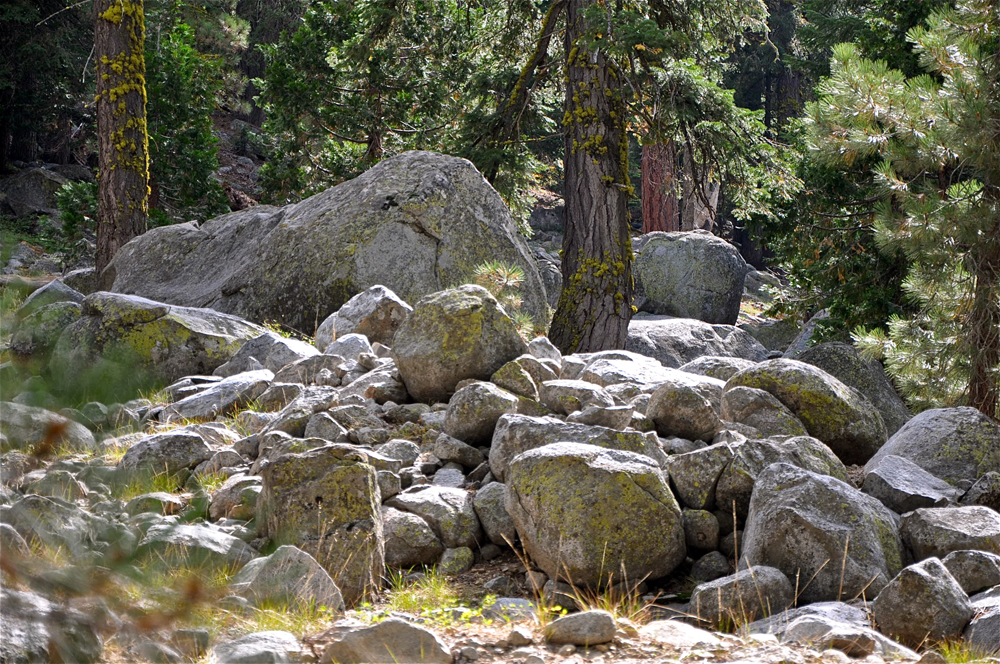
In the Yosemite Valley the force of erosion responsible for carving such a natural paradise was the scouring of massive glaciers. For the last 30 million years glaciers have moved into and then retreated from the valley. The last period of glaciation occurred during the Pleistocene Epoch, which ended only 11,700 years ago. Ahead of the advancing ice is pushed tons of gravel, sand and granite boulders known as till, which marks the end of the glacial advance.
Surface Fractures
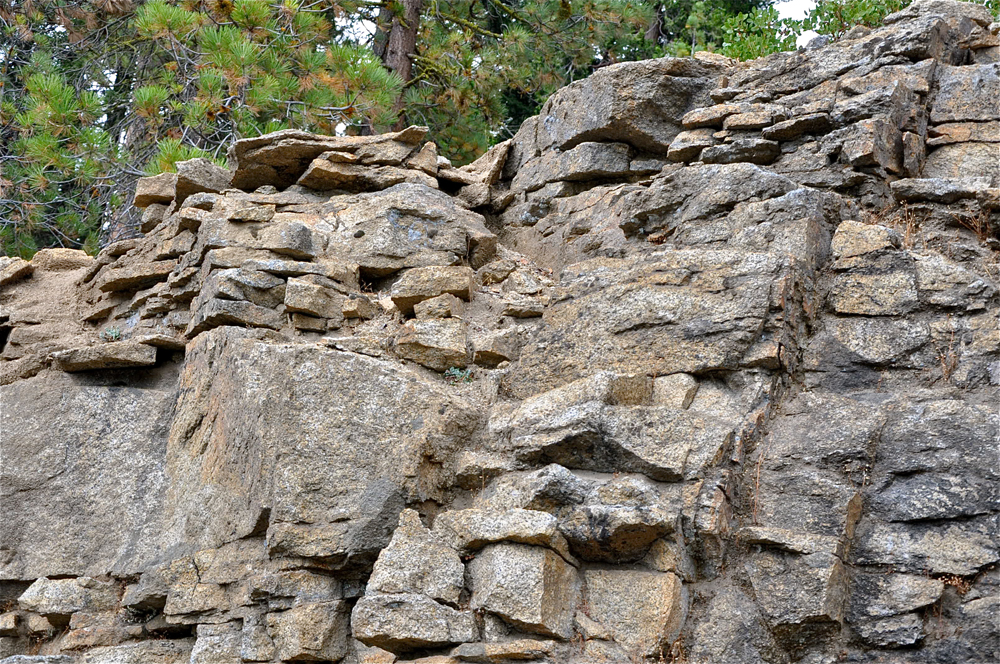
Other forces of erosion and weathering are always working to tear down the massive granite mountains and outcroppings. Exfoliation joints of sheet joints are parallel surface fractures in granite rock that lead to the "peeling off" of the rock surface similar to the peeling off of the layers of an onion. Exfoliation joints are common in many different geological areas and geologists continue to study how exfoliation joints form.
Sign up for the Live Science daily newsletter now
Get the world’s most fascinating discoveries delivered straight to your inbox.
Exfoliation Domes
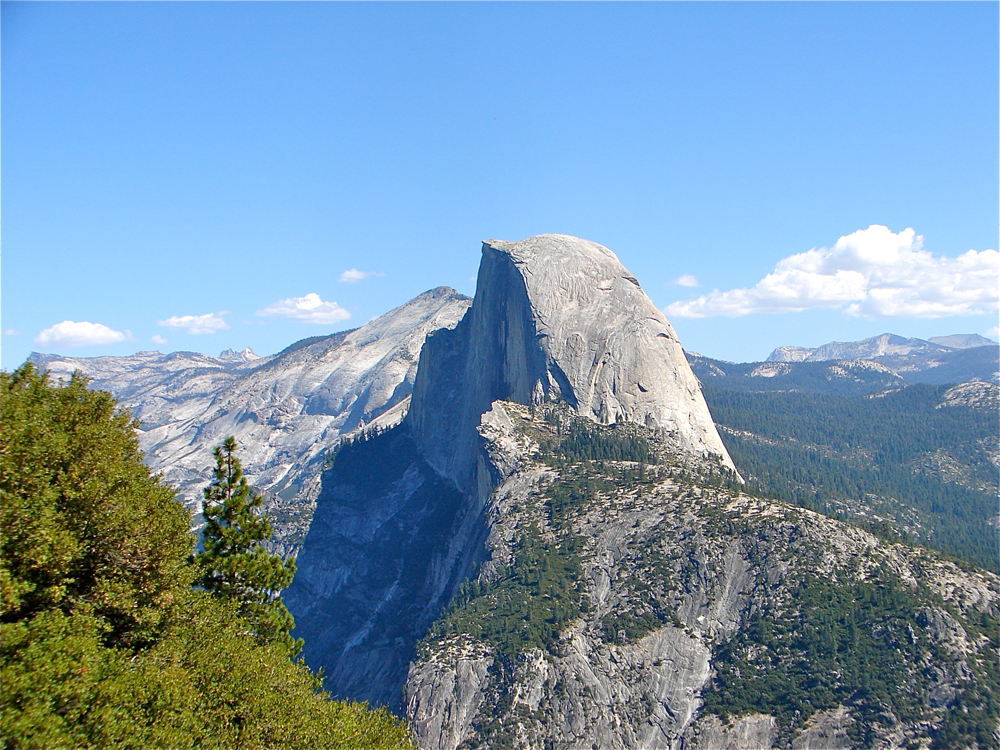
Exfoliation has caused the formation of some of the most spectacular of granite mountain features, known as granite exfoliation domes. These unique natural structures are found in granite mountain ranges worldwide. From Corcovado Mountain in Rio de Janeiro, Brazil, to Stone Mountain in the state of Georgia, to Half Dome (shown here) of the Sierra Nevada Mountains, granite domes create awe-inspiriting natural features unique to granite.
Shallow Topsoil
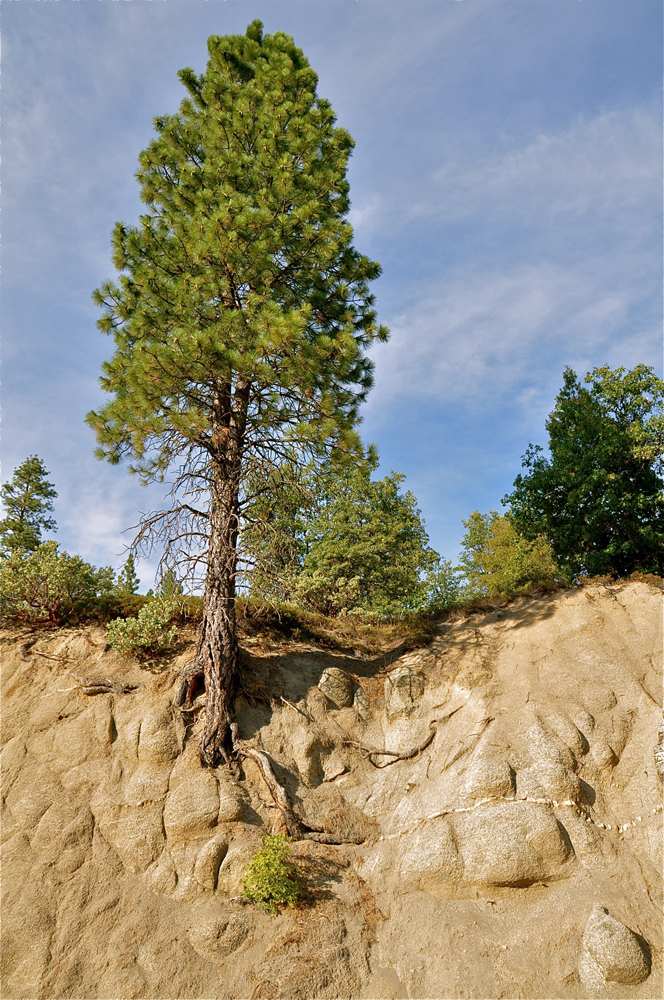
In many areas where granite bedrock is close to the surface, topsoil is very shallow. Plant roots, like those of this ponderosa pine tree (Pinus ponderosa), seek any small crack in the hard granite rock to anchor to the hillside. The intrusion of plant roots continues the weathering process of these great, granite mountains.
Biological Weathering
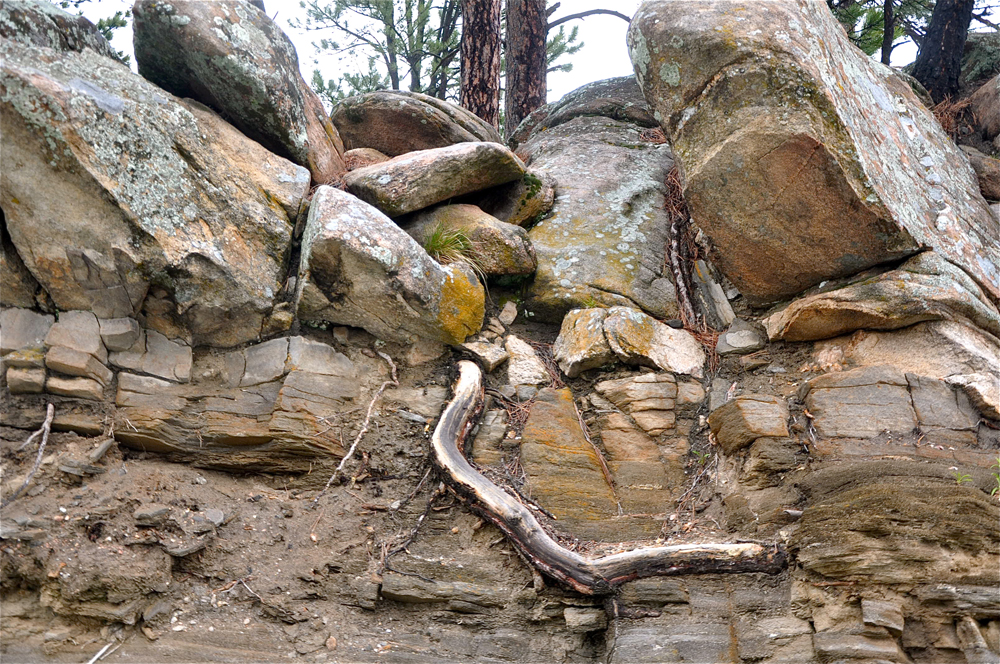
Tree roots and lichen work on this group of granite boulders in the mountainous areas near Keystone, S.D. These forms of biological weathering work with the forces of erosion to constantly break down the massive mountains of granite.
The Grand Teton
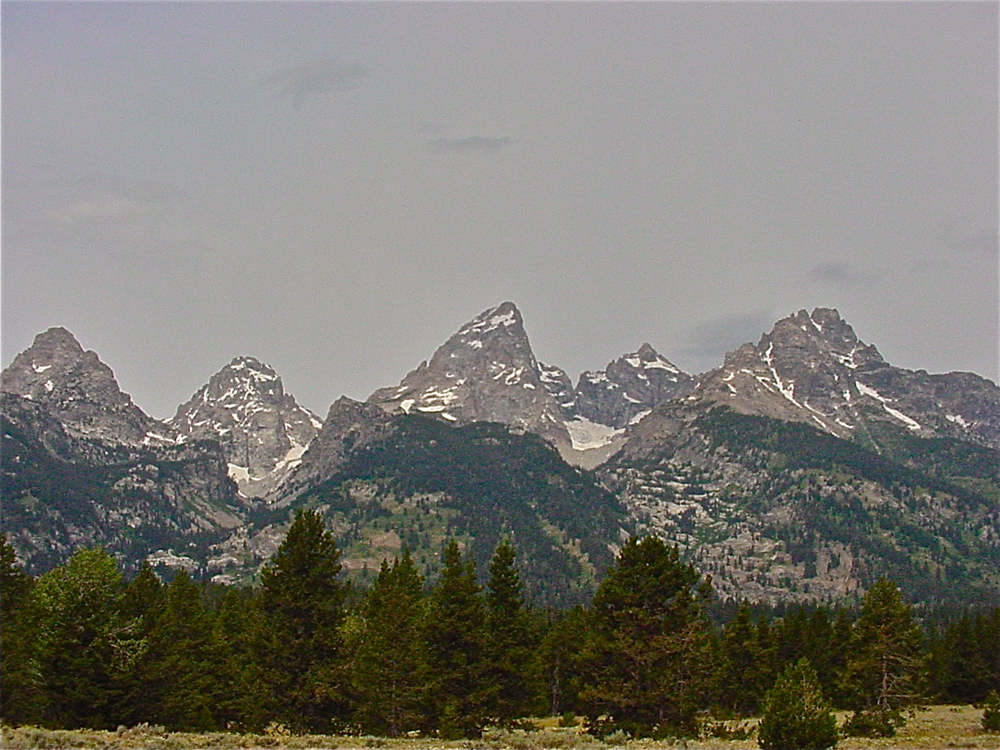
The Grand Teton is the highest mountain in the Grant Teton National Park of Wyoming. Here, silica-rich magma crystallized deep underground and then moved upward to form the park's highest granite peaks.









